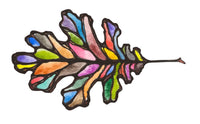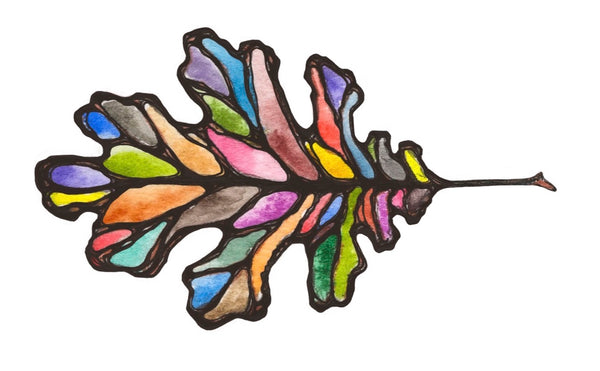
How to Pick Your Palette Series: Dual Color Mini Watercolor Palettes
The Dual Color Palette. Oft overlooked. Many are familiar with monochrome and most others are fully aware of the primary colors. The two color palette is like the forgotten middle child of minimalist palettes. It’s also a wild child.
I can sense the dubious feelings that must necessarily follow such an assertion. I know because I once stood, nose wrinkled and arms crossed while shaking my head at a professional watercolor artist telling me just that. I said ‘nope’ and he said ‘just watch’ and proceeded to blow my mind by whipping up a beautiful landscape with just two colors.
So, it’s true. Depending on which colors you choose, two really can be enough to create a finished painting with a variety of colors. It makes sense, really. In the last palette post, we went over different possibilities of the single color palette- there is so much you can do with just one color! From this perspective, adding a second color adds an overwhelming amount of new options!! (Excessive use of the exclamation point here is subtle evidence of the over-excitement of my inner art geek that just loves this stuff.)
Enter the next dimension: Color Mixing! If you have been dealing in monochrome, a second color truly is a whole new world with a plethora of new possibilities.
According to recent research, every color of bird egg shells are created from just two separate distinct pigments: biliverdin, a greenish-blue and protoporphyrin, a reddish-brown.

[PC: Audubon]
Looking at this picture of all the different eggshells, I still felt dubious. (Obviously, having learnt nothing from my previously-mentioned experience of pooh-poohing the professional artist.) But, if you study the photo, you can clearly pick out two distinct color categories: brown and blue. That is still a wide field in the pigment realm, so to narrow down which brown and which blue would be the closest colors in my paint palette, I looked at the lightest and deepest representations of each color.
Within a single color- even a single pigment, there can appear to be several different colors represented when you compare different levels of concentration. Violet Hematite is an excellent example of this. If you try and choose two colors with this characteristic of variegation, you will essentially have four colors for the price (and space!) of two.

[This is a color swatch of Violet Hematite, a single pigment color. Note the appearance of grey, violet, plum, and burgundy.]
Brown and blue are a classic combination for a two color palette. Using the two pigments responsible for the wide variety of colors found in eggshells and the picture of eggshells above as inspiration for a dual color palette, I selected Mayan Blue #2 and Brown Ochre as my egg pigment equivalents. I did some color mixing tests to see what they could do.

The factors that make a color a good choice for a single color palette are similar to what you want to look for when putting together a dual color palette. Examining the full range of a color can tell you a lot about whether it will work nicely as one half of your two color set. Brown Ocher works well because of its natural variegation range: at its lightest it has a yellow quality while at its darkest it goes more red. Mayan Blue #2 is not technically variegated and stays a generally consistent, clean blue, but it does have a wide enough value range that it can effectively express black at its most intense concentration.

Two color palettes rely a great deal on nuanced color mixing and a detailed understanding of the characteristics of your colors. But they key here lies in understanding the true flexibility of each color. If you begin to think of each value shade of a single color as different colors in themselves, whole new spectrums of color open up within a single pigment! (Inner art geek is going “Squeeeeee!!!!!!”)
Another possible two color palette is Graphite and Magnetite. This is much less flamboyant, but a wonderful sketching duo. Graphite is a wonderful, magical color, but one of its limitations is how dark it can go. Layer all you want, it will never go to black. Magnetite absolutely can. Also, both of these colors have very unique qualities: Graphite has a shimmery quality, just like the graphite in your pencil, and Magnetite has wonderful granulating effects AND is actually magnetic, as its name suggests. Get out a magnet and see!

Round out these two colors with some pigmented micro-liners and a magnet and you have a great little sketch set that will take up almost no room at all! Bored at the opera? Pack this set in your muff!

A good takeaway here is to remember to think outside the proverbial box because it is manmade, after all. Once you have learned the rules you are at liberty to break them. There is never just one way to do something, so experiment, make mistakes, and discover something all your own!
Wishing you Happy Painting!
~Jess

